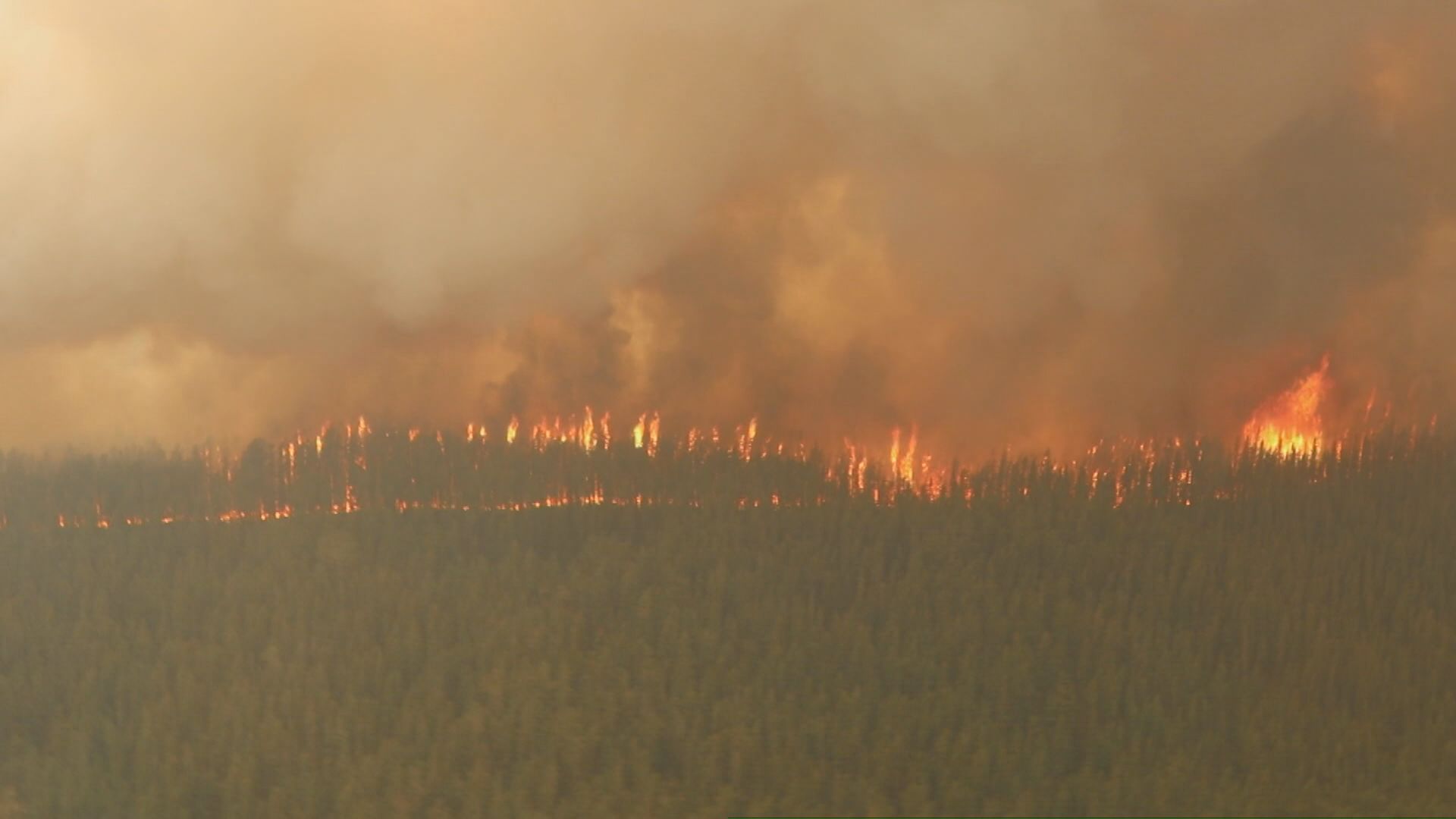Unprecedented Flames: A Wake-Up Call for Ontario
As the temperatures rise and the summer sun blazes overhead, the province of Ontario faces a growing and alarming trend—intensified forest fires. Increasingly frequent and severe, these devastating blazes are not just a source of destruction but a clear indication of our changing climate. With over 1,200 forest fires reported in the province already this season, it stands as a stark reminder of the fragility of our ecosystems and the urgent need for action.
Statistics That Speak Volumes
The Ontario Ministry of Natural Resources and Forestry recently reported that acres burned in 2023 have already doubled compared to the same period last year. As of late July, more than 200,000 hectares of forest land have been charred, impacting wildlife, air quality, and even the mental well-being of local communities.
Public sentiment is shifting as well. Recent social media trends indicate growing concern, with hashtags such as #ForestFiresOntario gaining traction. Many Ontarians express fear for their homes and livelihoods. One local resident, John McCarthy, shared on Twitter, “Every summer it’s getting worse. What’s it going to take for us to realize we need serious change?” This concern is echoed throughout various online platforms, suggesting that people are waking up to the reality that these crises are not just seasonal occurrences but a significant environmental threat.
The Environmental Implications
The implications of forest fires extend beyond the immediate destruction of flora and fauna. The smoke from these fires contributes to air pollution, posing health risks, especially for vulnerable populations such as children and the elderly. When large areas of forest are lost, the carbon dioxide stored in trees is released back into the atmosphere, further exacerbating climate change.
In a 2022 study conducted by the University of Toronto, researchers found that forest fires in Ontario are releasing over nine million tonnes of greenhouse gases annually. “It’s not just the flames we have to worry about; it’s the lasting impact on air quality and our climate,” states Dr. Sarah Collins, lead researcher of the study. This connection between forest fires and climate change is undeniable and should propel us toward proactive measures.
Taking Action: What Can Be Done?
It’s crucial that both the government and residents take a multilateral approach to tackle this impending crisis. Maintaining forest health through controlled burns and enhanced surveillance can help mitigate the impact of larger fires. Additionally, investing in firefighting resources equips local agencies to respond more effectively before flames spread uncontrollably.
Community engagement has never been more vital. Educational initiatives can empower residents to understand the environmental conditions that create high fire risks and how to respond when the alarms ring. Furthermore, advocating for policy changes that prioritize sustainability can have a long-term impact on forest management practices.
Looking Ahead
The reality of forest fires in Ontario should serve as both a alarm bell and a catalyst for change. As we continue to confront the impacts of climate change, it is clear that Ontario cannot afford to ignore this looming threat. There is urgency in the air—not just from the smoke of the fires that billow through our forests, but from the realization that our actions today will dictate the environment of tomorrow.
As summer unfolds and temperatures soar, the question remains: will we choose to act decisively or remain passive observers to the flames that threaten both our land and our future?
